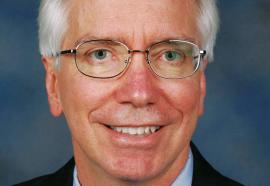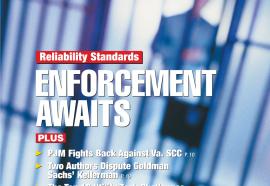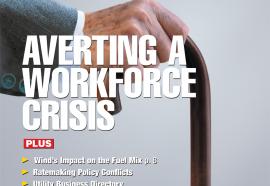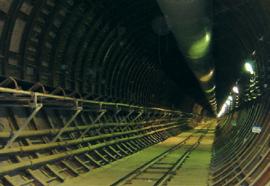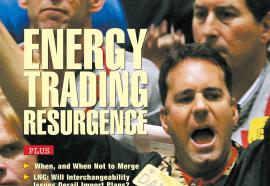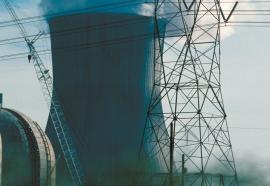People
(June 2007) The Nuclear Regulatory Commission announced the selection of Darren B. Ash as CIO and deputy executive director for information services. The Westar Energy Inc. board of directors announced that William Moore will succeed CEO James Haines. Energen Corp. shareholders re-elected five members to the diversified energy company’s board of directors. The Electric Power Supply Association announced the addition of Conrad Lass to EPSA’s senior staff as vice president of legislative affairs. And others...



